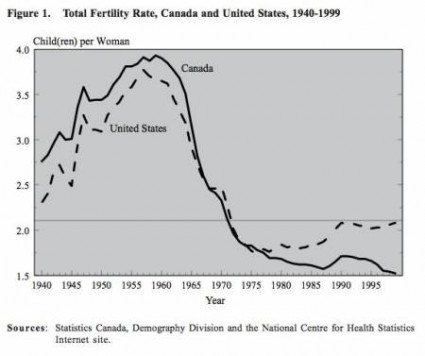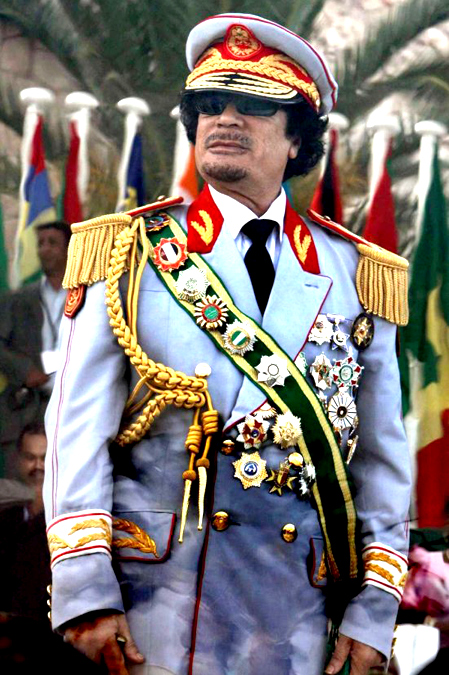we had dreams / when the night was young
we were believers / when the night was young
we could change the world / stop the war
never seen nothing like this before
that was back / when the night was young—Robbie Robertson, “When The Night Was Young” (2011)
In this wasteland of democratic vision known as the Harper Government, previously the nation state of Canada, only 60% of Canadians vote. The absentee 40% is disproportionately composed of youth. Where are they?
Well, besides the hopelessly lost millenials that are either too busy making videos of themselves online doing dirty things and/or otherwise engaged in some form of chat/text relationship that involves staring at a tiny screen for hours on end, there are engaged youth, and not only that, politically active and organised youth. Plenty of them. So then, which national party courts the largest youth support? The NDP? The Liberals? The new, young, suit & tie neoChristian Conservatives? Nay indeed, it’s the Green Party, which received a million votes nationwide and yet whose leader, Elizabeth May, has been barred from tonight’s national debate of party leaders.
What are the psychosocial reasons for barring the Green Party from national politics? What reasoning could be so strong as to bring together a “unanimous” decision from all encumbered political parties and media organisations, including the “liberal biased” CBC?
Let us restate the question: which element of the population is currently the dominant social group (and has been for generations), wielding vast ownership of economic assemblages and thus over political lobbying? The boomers. United as youth radicals, they are now apparently united as self-defenders of their own narrow interests. Or: the hippies are now aging potheads/growers in the Islands, and what’s left are the squareheads who missed the ’60s and, through attrition and devious underhanded support from the old Establishment, have come in to grasp the reins.
Whatever the case, the old boomers are voting only for their aging interests. And like their parents, they are also silencing youth electoral politics. The boomers have easily adjusted to their role as the new Establishment in ousting the Greens.
For the past 15 years, the fattest population swell in the Western hemisphere has retained its socioeconomic power by refusing to retire. Boomers are keeping jobs, claiming pensions and eating up health care. At the same time, a significant proportion of boomers want privatization of Canada’s health care system—at the expense of their own (grand)children. To paraphrase VICE from a few years back, the burden of their pampered lives will cost everyone else for the foreseeable future to-come. Welcome to Generation Mess.
And so all the major parties are courting the boomers. Doing whatever it takes.
For the children of the boomers, if this great game of appeasing the aging & empowered continues, there will be no pension plan, no healthcare, and no job security unless changes are made. There will also be no attempt to address climate change, but I digress. Steps to combat narrow-interested ageism need to happen by upsetting the current balance of power in the political arena. And this arena, thanks to the unanimous consortium of boomer interests, has been cordoned off into a 4-ring circus of the boomer elite. Without the Green Party, there is no representation of youth voters. And without youth voters, there is little hope for the future of democratic process in Canada. And with that, Canada has been sold hook, line & sinker to the greater behemoth—the global powers of corporatism and untethered greed. For the boomers will sell all, souls included, just to live a little longer. Water? Privatize it with P3. Health care? Dismantle & privatize. Two-tiers, of course, with the best for rich boomers, and the dregs for everyone else. FOX news loves it. So does Sarah Palin.
By the time the boomers finally pass on, the state of the state will be a sorry one indeed. Progressive politics, forward-thinking positions that eschew left/right to seek solutions to the great problems of our time, environmental, economic, social and technological, that require studied approaches that remix socialist, anarcho-libertarian, conservative and liberal playbooks, and that seek coalition-building rather than belligerent name-calling—indeed all the various ways in which the Green Party confounds Canada’s dull spectrum of mainstream parties will be forced to take a back seat to the narrow interests of increasingly conservative agendas—based upon doctrines of fear & panic—as long as the fat & aging swell of the population exercises their narrow ageism over the vast diversity of Canadians.
And that is what I learned years ago from Geography 112 (and a certain Mr. Fadum of IB Geography—but I digress, again). And nothing, unfortunately, has changed, except that all of us now are getting older. And by the time that whomever is left with patience and strength from the following generations grabs the tired reigns of this state, it will be be a smoldering shadow, indeed, of what once was.







 RT
RT 